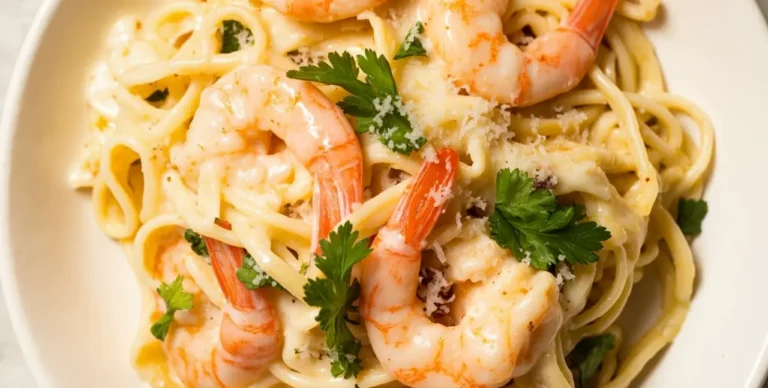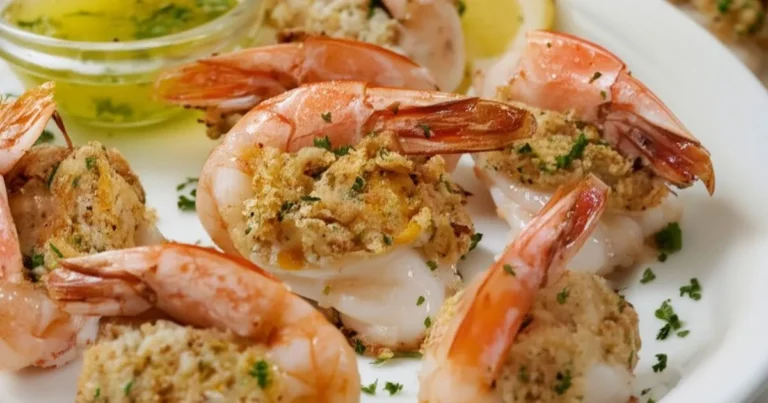best recipes for you
Ahi Tuna Recipe -Seared: 5 Ultimate Hawaiian Poke Bowl Classic Secrets
Table of Contents
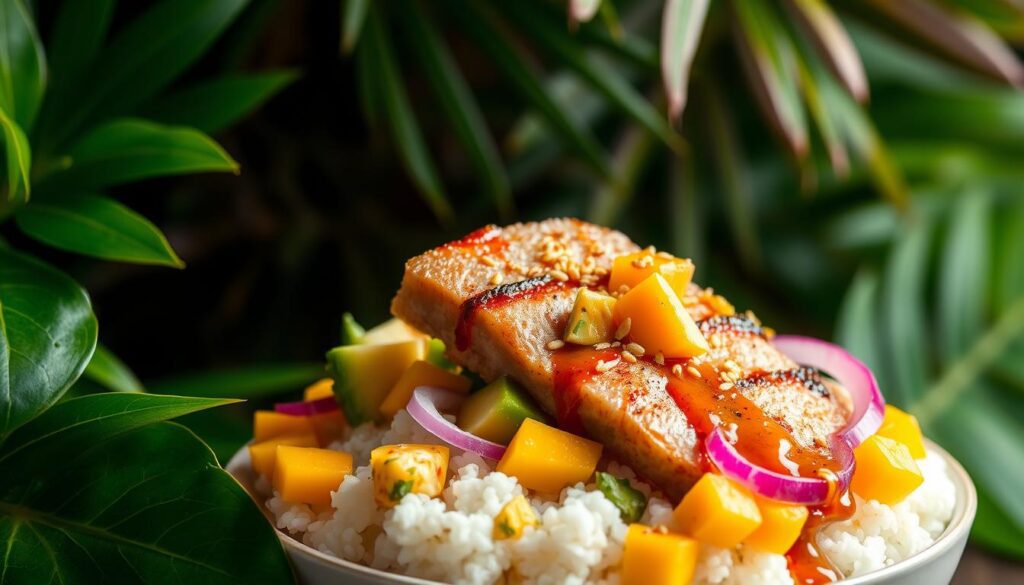
Ahi Tuna Recipe -Seared Explore the lively world of Hawaiian cuisine with a seared tuna dish that will change your cooking. The Hawaiian poke bowl is a hit, mixing fresh ingredients with bold flavors. These flavors burst in your mouth.
Start your ahi tuna recipe adventure by learning to make a dish that truly captures Pacific Island cooking. This recipe is for both seasoned chefs and curious home cooks. It will help you make a Hawaiian poke bowl that wows everyone.
Get ready to dive into a recipe that honors Hawaii’s rich sea traditions. You’ll learn how to pick the best ahi tuna and sear it perfectly. These skills will make your cooking better and bring a taste of Hawaii to your kitchen.
Key Takeaways
- Master the authentic Hawaiian poke bowl technique
- Learn professional seared tuna preparation methods
- Discover the cultural significance of Hawaiian cuisine
- Understand the importance of fresh ahi tuna selection
- Create restaurant-quality dishes at home
Understanding Hawaiian Poke Bowl Traditions and Origins
Hawaiian poke traditions go back generations. They tell a story that’s more than just a seafood dish. The word “poke” (pronounced poh-keh) means “to slice or cut” in Hawaiian. It shows how fresh fish was cut into small pieces.
Poke started with native Hawaiian fishermen. They seasoned their fresh catch with local ingredients. This made raw fish into a tasty meal that became a key part of Hawaiian food.
The Cultural Significance of Poke in Hawaii
In traditional Hawaiian culture, poke was more than food. It was about community, sharing, and the ocean. Families would come together to make and enjoy these dishes. They used techniques passed down through generations.
- Communal food preparation
- Celebration of ocean’s bounty
- Preservation of culinary heritage
Evolution of Modern Poke Bowls
Today’s poke bowls have changed a lot. What started as a simple meal for fishermen is now loved worldwide. It now has many ingredients and flavors from around the globe.
| Traditional Poke | Modern Poke Bowl |
|---|---|
| Salt, seaweed, fish | Diverse toppings, grains, sauces |
| Limited ingredient selection | Customizable options |
| Local Hawaiian ingredients | Global fusion ingredients |
Why Ahi Tuna is the Perfect Choice
Ahi tuna is the best fish for real Hawaiian poke. It’s firm, flavorful, and healthy. This makes it perfect for poke bowls. The Hawaiian poke traditions have always loved this fish for its taste and versatility.
When making your ahi tuna recipe, choose the best, freshest fish. This is key to getting the true taste of this beloved Hawaiian dish.
Essential Ingredients for Perfect Seared Ahi Tuna
Starting a poke bowl recipe means picking the best ahi tuna ingredients. Your journey is about choosing fresh, high-quality parts. These will make your dish stand out.
To get the perfect seared ahi tuna, you need the right ingredients:
- Ahi Tuna: Fresh, sushi-grade yellowfin tuna, preferably caught wild
- Sesame oil for searing
- Kosher salt
- Freshly ground black pepper
- Sesame seeds (white and black)
Quality ingredients are key to a great poke bowl. Choose ahi tuna with bright color and a clean smell. It should be firm and have little moisture.
Other ingredients can make your poke bowl even better:
- Soy sauce
- Rice vinegar
- Grated fresh ginger
- Minced garlic
- Green onions
Need a substitute? Tamari is good for gluten-free diets. Tofu can replace ahi tuna for a vegetarian poke bowl.
Kitchen Tools and Equipment You’ll Need
To make a great seared tuna recipe, you need more than just fresh tuna. The right kitchen tools can make your cooking better and your dish more delicious. Choosing top-notch equipment means you get precise, safe, and tasty results every time.
Professional chefs know that the right tools are key to great cooking. Your seared tuna recipe needs the right gear to control temperature, make perfect cuts, and get a great sear.
Recommended Knife Types
For your seared tuna recipe, get these essential knives:
- 8-inch chef’s knife for general prep
- Santoku knife for precise fish cutting
- Boning knife for trimming tuna
Pan Selection Tips
When picking pans for searing tuna, consider these:
- Cast iron skillet for even heat
- Stainless steel pan with thick bottom
- Non-stick surface for easy cleaning
Temperature Control Tools
Getting the temperature right is key for searing tuna:
- Digital instant-read meat thermometer
- Infrared laser thermometer
- High-quality kitchen timer
Learning to use these tools will help you make seared tuna that wows everyone.
Selecting and Preparing Fresh Ahi Tuna
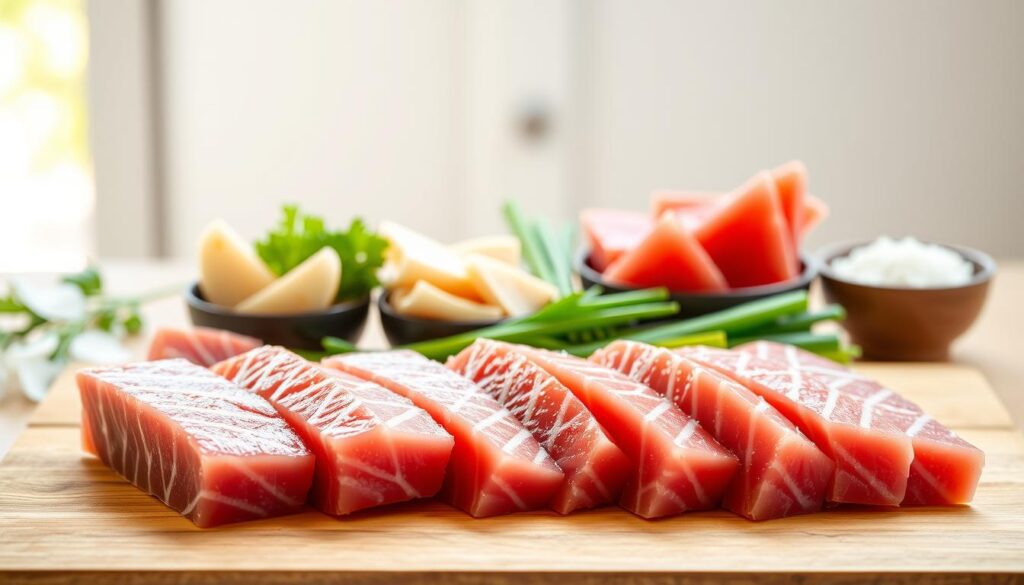
Choosing the right fresh ahi tuna is key for a great poke bowl. Look for high-quality fish that meets top culinary standards. Your aim is to find the most vibrant and fresh ahi tuna.
Top-quality fresh ahi tuna has:
- Deep red or bright pink color
- Smooth, firm texture without any soft spots
- Clean, ocean-like smell (no strong fishy odor)
- Minimal moisture on the surface
Seafood markets and specialty fish shops are great places to find fresh ahi tuna. Ask your fishmonger about the fish’s origin and catch date to ensure maximum freshness. Always ask for sushi-grade tuna, which is handled carefully for safety and quality.
For the best tuna preparation, follow these steps:
- Rinse the tuna under cold water
- Pat dry with clean paper towels
- Remove any visible skin or dark muscle tissue
- Trim edges to create uniform cuts
Professional chefs say to eat fresh ahi tuna within 24-48 hours. Keep the fish in the coldest part of your fridge. Wrap it tightly in plastic wrap or seal in an airtight container to keep it fresh.
Pro tip: Always trust your senses when selecting fresh ahi tuna. If something doesn’t look or smell right, choose another piece.
Ahi Tuna Recipe -Seared: Step-by-Step Guide
Making the perfect seared ahi tuna recipe needs precision, passion, and some key techniques. Whether you’re cooking at home or love to cook, learning this dish will boost your seafood skills. It will also wow your dinner guests.
To start making delicious seared ahi tuna, pick the right ingredients and know the cooking process well. Your success depends on careful preparation and paying close attention to details.
Seasoning Your Tuna
Seasoning tuna is an art that can make your dish amazing. Follow these steps to boost your ahi tuna’s natural flavors:
- Select high-quality, fresh ahi tuna steaks
- Pat the tuna dry with paper towels
- Create a simple yet flavorful tuna seasoning blend
Your tuna seasoning should enhance the fish’s delicate taste. A mix of sea salt, black pepper, and sesame seeds is great for a classic taste.
Achieving the Perfect Sear
The secret to a great seared ahi tuna recipe is a crisp outside and a rare, silky inside. Here’s how to get the perfect sear:
- Heat a cast-iron skillet until it’s smoking hot
- Add a high smoke-point oil like avocado or grapeseed
- Sear each side for 30-45 seconds
- Remove immediately to prevent overcooking
Proper Slicing Techniques
Slicing your seared ahi tuna needs a sharp knife and a steady hand. Cut against the grain in thin, even slices. This shows off the beautiful rare center and adds texture.
Pro tip: Let the tuna rest for 2-3 minutes after searing to allow the juices to redistribute.
With these techniques, you’ll make a restaurant-quality seared ahi tuna. It’s sure to impress.
Creating the Perfect Poke Bowl Base
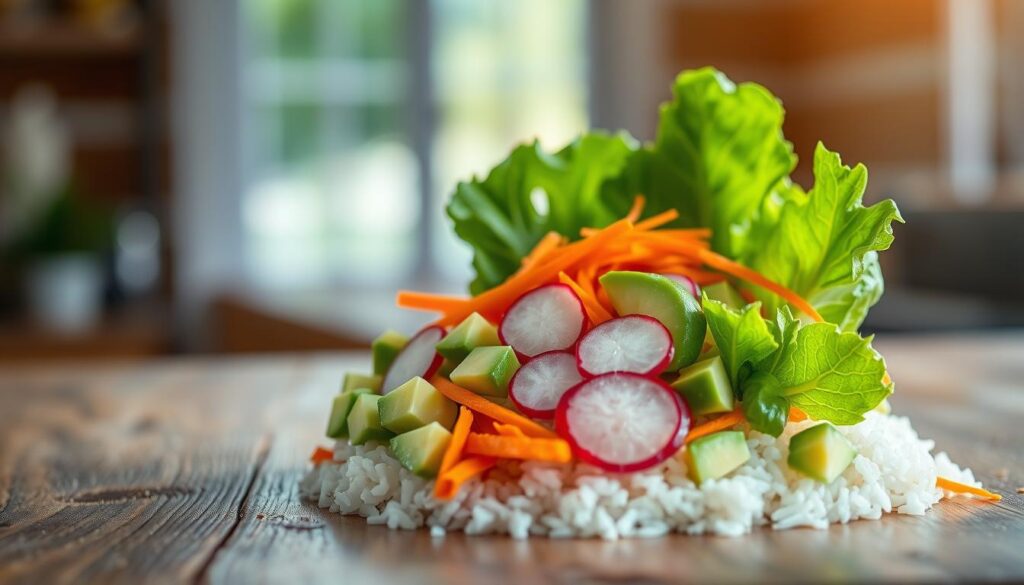
Making the perfect poke bowl base is an art. It can turn your ahi tuna recipe into something amazing. Your base is the start of a delicious and healthy meal, blending flavors and textures.
When picking a poke bowl base, you have many tasty choices:
- Traditional White Rice: A classic choice that provides a neutral backdrop for your seared ahi tuna
- Brown Rice: Offers more fiber and a nuttier flavor profile
- Quinoa: A protein-packed alternative with a light, fluffy texture
- Mixed Greens: Perfect for low-carb enthusiasts seeking a fresh base
Getting your poke bowl base right is key. For rice, add rice vinegar and furikake seasoning for extra flavor. Quinoa or greens? A drizzle of sesame oil can make a big difference.
“The foundation of a great poke bowl is as important as the star ingredient – your ahi tuna.” – Hawaiian Culinary Tradition
Pro tip for your ahi tuna recipe: Pick a base that goes well with the fish’s rich taste. Try different bases to find your favorite. The right base can turn a simple meal into a journey of flavors.
Complementary Sauce and Marinade Options
Creating the perfect poke bowl sauce can make your ahi tuna amazing. Your tuna marinade recipe is key to turning a simple dish into a masterpiece. The right sauce adds depth, complexity, and excitement to your Hawaiian-inspired meal.
Trying different sauces lets you customize your meal and show off your taste. Each marinade has its own story of tradition and creativity.
Traditional Hawaiian Marinades
Classic Hawaiian marinades use bold flavors that match fresh ahi tuna. They often include:
- Soy sauce
- Sesame oil
- Green onions
- Ginger
- Sea salt
Modern Fusion Sauces
Today’s poke bowl sauces mix global tastes with Hawaiian traditions. These new marinades bring exciting flavors:
- Sriracha-lime sauce
- Wasabi-ponzu blend
- Mango-habanero drizzle
- Coconut-curry sauce
Spice Level Variations
You can adjust your tuna marinade to your liking. Here’s a guide from mild to wild:
| Spice Level | Recommended Ingredients |
|---|---|
| Mild | Paprika, black pepper |
| Medium | Sriracha, jalapeño |
| Hot | Habanero, ghost pepper |
Pro tip: Always taste and adjust your poke bowl sauce a little at a time to get the flavor just right.
Garnishes and Toppings to Enhance Your Bowl
Turning your ahi tuna recipe into a stunning poke bowl is all about the toppings. The right mix can take your dish from good to great. It makes your meal a feast for both your taste buds and your eyes.
Traditional Hawaiian poke bowl toppings add real flavors and textures. Here are some classic choices:
- Sliced green onions
- Toasted sesame seeds
- Seaweed strips (nori)
- Pickled ginger
- Furikake seasoning
But there are also modern toppings that can add a new twist to your dish. Try these:
- Crispy wonton strips
- Avocado slices
- Edamame beans
- Microgreens
- Radish sprouts
When picking toppings, aim for a mix of textures and tastes. You want to add to your ahi tuna, not hide it. Choose toppings that are crunchy, soft, tangy, and fresh. This way, you’ll get a bowl that looks and tastes amazing.
Storage and Food Safety Guidelines
Storing ahi tuna right is key to keeping food safe and tasty. Knowing the best ways to store it helps avoid sickness and lets you enjoy your meal.
To stop bacteria from growing, you need to handle and store ahi tuna carefully. Raw and cooked fish need different care, which every cook should know.
Safe Refrigeration Practices
Keeping ahi tuna at the right temperature is crucial for safety. Here are some important tips:
- Refrigerate fresh ahi tuna right after buying it
- Keep raw tuna at 40°F or below
- Store cooked tuna in airtight containers
- Use refrigerated tuna within 1-2 days
Handling Raw Fish Safely
Raw ahi tuna needs extra care when preparing and storing. Always use clean surfaces and wash your hands well to avoid contamination.
| Tuna Type | Refrigeration Time | Storage Recommendation |
|---|---|---|
| Raw Ahi Tuna | 1-2 days | Sealed container, coldest part of refrigerator |
| Cooked Ahi Tuna | 3-4 days | Airtight container |
Freezing Guidelines
Freezing is great for keeping ahi tuna longer. Wrap it tightly in plastic wrap and put it in a freezer-safe bag to keep it fresh.
- Frozen raw tuna stays good for 2-3 months
- Cooked tuna can be frozen for up to 4-6 months
- Thaw in refrigerator to maintain food safety
By following these guidelines, you’ll keep your food safe and the flavor of your dish amazing.
Conclusion
Making an authentic ahi tuna recipe is more than cooking. It’s about connecting with a rich cultural tradition. Your Hawaiian poke bowl brings the flavors of the Pacific islands to your table, turning simple ingredients into a masterpiece.
When you make this dish, you’re doing more than just cooking. You’re joining a tradition that has lasted for generations. Your seared ahi tuna is a blank canvas for your creativity. You can try out new seasonings, marinades, and toppings while staying true to Hawaiian roots.
The Hawaiian poke bowl is incredibly versatile. It’s perfect for both seasoned cooks and curious food lovers. Try new ingredients, listen to your taste buds, and enjoy the journey of making a dish that tells a story with every bite.
We encourage you to share your own ahi tuna recipe with our community. Your stories and creations inspire others and keep Hawaiian cuisine alive and vibrant.
FAQ
What is the best type of tuna for a poke bowl?
Ahi tuna is the top choice for poke bowls. Look for sushi-grade yellowfin or bigeye tuna. It should be fresh, vibrant, and firm. Buy from a trusted fishmonger who offers high-quality seafood.
How do I know if the ahi tuna is fresh?
Fresh ahi tuna has a deep red or bright pink color. It should smell clean and have a firm, glossy look. Avoid fish with brown edges or a bad smell.
Can I make this recipe if I’m allergic to fish?
Yes, you can use tofu, chicken, or shrimp if you’re allergic to fish. Just adjust the cooking and seasonings to keep the flavors right.
What’s the recommended internal temperature for seared ahi tuna?
For seared ahi tuna, aim for a rare center. The internal temperature should be 110-125°F. This keeps the tuna warm and flavorful.
How long can I store leftover poke bowl ingredients?
Cooked tuna should be refrigerated and eaten within 1-2 days. Rice and veggies can last 3-4 days in airtight containers. Always check for spoilage.
Is ahi tuna safe to eat raw?
Only eat raw ahi tuna if it’s labeled as sushi-grade. These fish are frozen to kill parasites. If unsure, sear the tuna lightly to keep its flavor.
What are some traditional Hawaiian poke bowl toppings?
Traditional toppings include seaweed, cucumber, and edamame. You can also add avocado, macadamia nuts, or wasabi for extra flavor.
Can I make this recipe gluten-free?
Yes, you can! Use tamari instead of soy sauce and choose gluten-free seasonings. Most poke bowl ingredients are naturally gluten-free.
